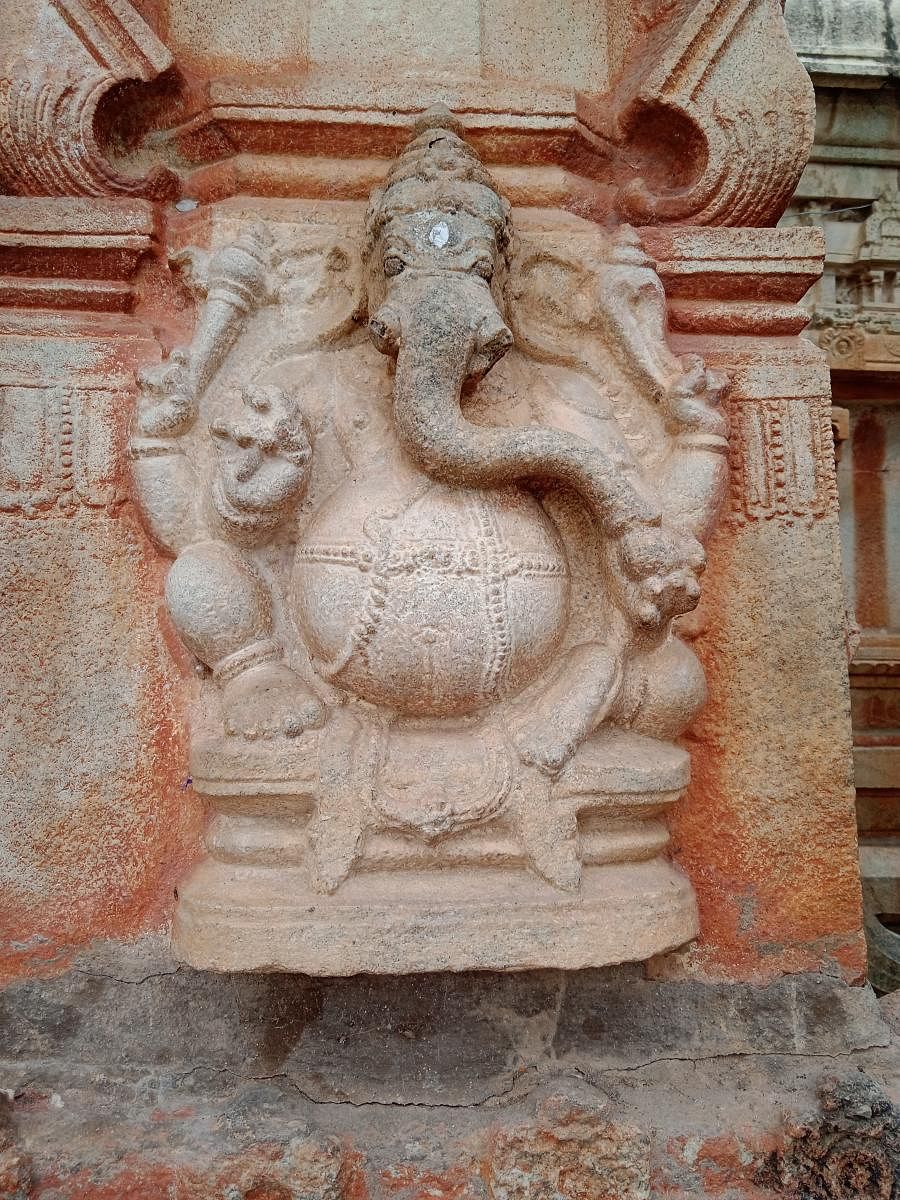

If you are a history buff or an adventure seeker, Avani hills may be a perfect place for you. The hill, in Mulbagal taluk of Kolar district, is located just 100 km away from Bengaluru.
The rocks on the hill are a photographer’s delight. In some places, they seem like giant ice blocks kept stacked in different, fascinating ways.
At the foot of the hill is the Ramalingeshwara temple complex which has several temples and shrines. The temple dates back to the lesser-known Nolamba Pallava kings.
The temples
Later additions to these temples were also made by the Chola dynasty and much later, the Vijayanagara dynasty. Each dynasty has made its contribution to the architectural heritage of the temples, which now come under the purview of Archaeological Survey of India. There are Tamil inscriptions at the bottom of the various shrines.
The temple complex has a large pond and a small pond on either side named Brahma thirtha and Kashi thirtha. Outside is a chariot with vibrant colours making it stand out in grey environment. As you enter the temple complex, the first sight is the Subramanya temple.
There is an impressive stone-carved pillar in the front. Surrounding the main temple, where the deity is worshipped, there are three shrines each dedicated to Rama’s brothers, each with the suffix ‘Eshwara’.
The Lakshmanalingeshwara shrine is assigned to the Nolamba period of the 10th century. The shrine is the most ornate in the complex. The Bharateshwara shrine is smaller and less ornate. Shatrugneshwara shrine is nearly the same size and shape as that of Lakshmaneshwara shrine but differs in architectural design.
There are separate temples to Vali, the monkey king, and his brother Sugriva. There are also shrines dedicated to Parvati and Lord Hanuman.
After venerating the various deities in the temple complex, it is time to go on a trek which also doubles as a 'Ramayana trail'. At the base of Avani Betta, the starting point of the trek and trail, there is enough space for parking.
The hill is dedicated to sage Valmiki and is known as Valmiki Parvatha. The ascent is not very difficult as there are stone steps that lead to the top. All along the route, you find carefully arranged piles of rock left by trekkers as trail markers. Nature has its own trail markers in the form of impressive boulders.
There is a Ramayana trail that runs parallel to the trek. A story is woven around the hill. Sita lived here during her exile and her sons Luv and Kush were believed to be born here. Valmiki’s ashram is said to be a cave in a huge boulder where he is said to have meditated. There is a cave where Sita is said to have lived with her sons. After the Valmiki Ashram, the trek route passes over a flat distance for a while.
This rocky hillock has a pond called Lakshmana Thirtha which looks deceptively shallow but is quite deep.
All along the trek route there are several gaily painted divine graffiti on some of the larger rocks, depicting scenes from the Ramayana. These paintings are of recent origin.
The last stretch comprises neatly laid and winding stone steps and short passages until you reach the summit where there is a Sitadevi temple which is of recent origin. Even if you are not religiously or spiritually inclined, you can definitely experience a euphoric feeling on reaching the top.